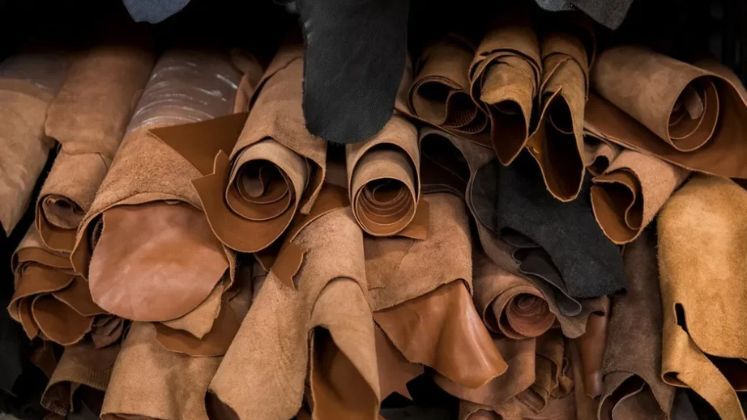
India’s leather and allied products industry is projected to witness a 10–12% decline in revenue during the current financial year, following the imposition of steep US tariffs, according to Crisil Ratings. The United States’ decision to impose a 50% duty—comprising a 25% reciprocal tariff and an additional 25% penalty linked to India’s purchase of Russian oil—is expected to sharply reduce export volumes, the rating agency said on Thursday.
Despite moderate improvements in domestic demand driven by Goods and Services Tax (GST) rationalisation, lower income taxes, benign inflation, and favourable interest rates, Crisil noted that the decline in exports would weigh heavily on the sector. Operating profitability is expected to fall by 150–200 basis points, primarily due to export-related headwinds, which could weaken the industry’s credit profiles.
Crisil Ratings analysed 34 leather firms representing approximately 12.5% of the sector’s total revenue. The industry, estimated to have generated around Rs. 56,000 crore (US $ ) in FY25, depends on exports for nearly 70% of its income. Of this, over 50% of exports go to the European Union, while the United States accounts for around 22%.
The slowdown in US demand had already become apparent after the implementation of the 25% reciprocal tariff in early August. The additional 25% punitive duty, which came into effect on 27th August 2025, has further eroded India’s competitiveness compared with other major exporters such as Cambodia, Italy, Vietnam, and France—where US tariffs are significantly lower at 15–20%, the agency observed.
Crisil Ratings Director Jayashree Nandakumar said that with the loss of orders from the United States, export volumes are projected to drop by 13–14% this fiscal year. She added that revenues would be hit harder as most exports to the US comprise finished leather products—such as footwear and accessories—that command higher realisations.
The agency reported that orders from the United States have been either cancelled or placed on hold since the higher tariffs took effect, leading to the shutdown of several entities, particularly tanneries and small manufacturing units heavily dependent on the US market.
In response to declining revenues, exporters are attempting to diversify into markets with more favourable tariff structures and are exploring production shifts or outsourcing to other regions. However, Crisil cautioned that such measures remain in the early stages and will require time to yield results amid continued global uncertainty.
The agency added that the recently signed Free Trade Agreement (FTA) with the United Kingdom, combined with stable demand from other export markets and ongoing efforts to expand into new destinations, could help limit the fall in export revenues.
On the domestic front, the reduction of GST on leather products from 18% to 12% is expected to enhance affordability and support premiumisation. Income tax concessions announced in the Union Budget, alongside lower interest rates following Reserve Bank of India policy cuts and stable inflation, are also expected to bolster consumer spending.
Meanwhile, declining export demand is likely to exert downward pressure on raw material prices. Although marginal declines in raw and tanned leather prices may provide some respite for exporters, the relief is unlikely to offset the impact of higher tariffs.






